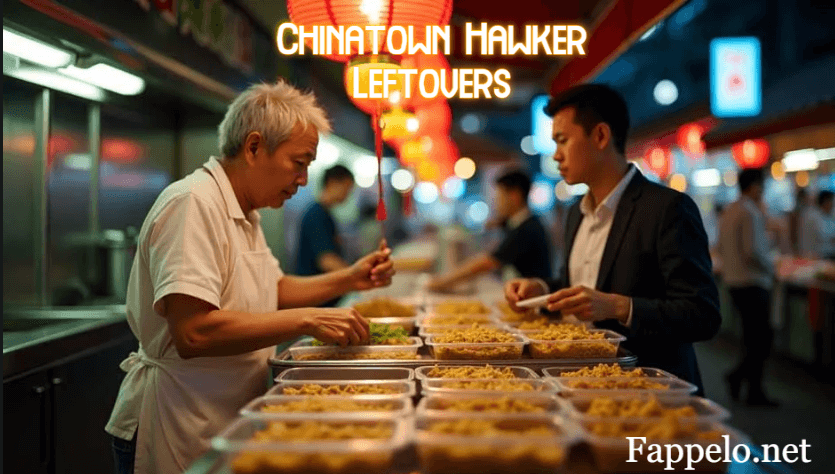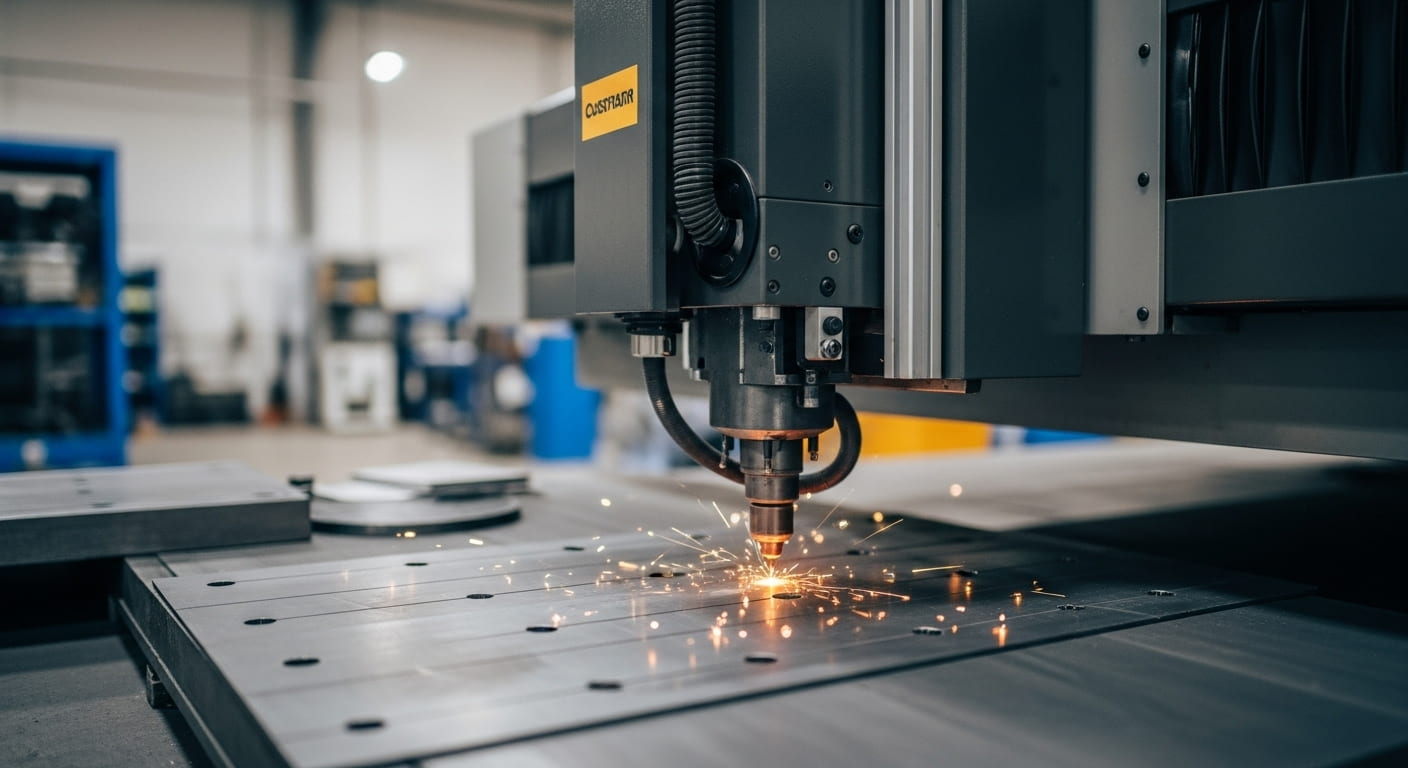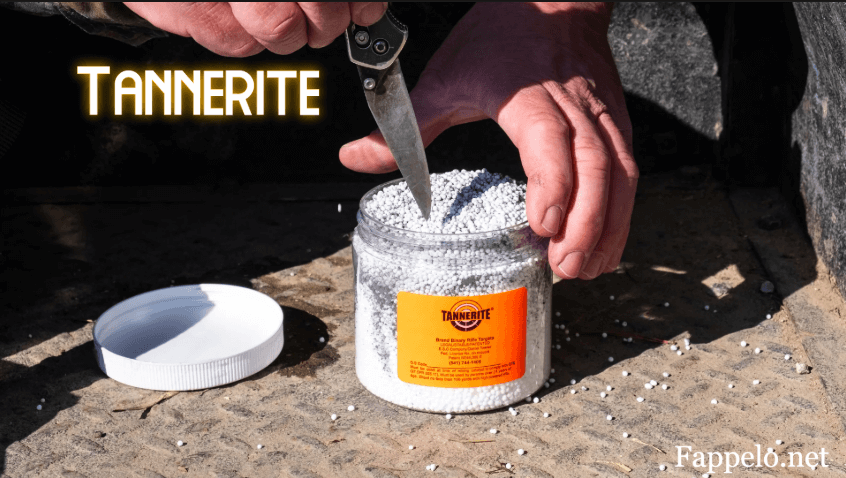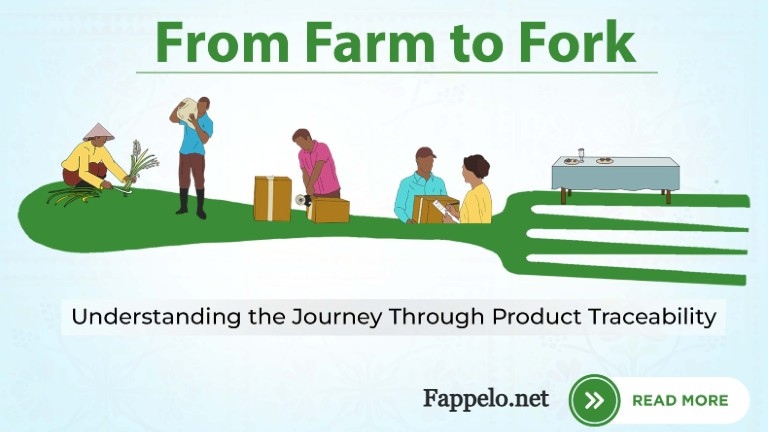Introduction
Food is a big part of daily life. It brings people together, fills our bellies, and gives us energy. But it also creates waste. In many busy places like Chinatown, leftover food from hawker stalls often goes uneaten and thrown away. This is where the idea of chinatown hawker leftovers consumption becomes important. It’s a way to reduce waste and help the planet while still enjoying tasty meals.
This article talks about how leftover food from Chinatown hawkers can be used wisely. It also shows how small actions, like eating these leftovers, can lead to big changes.
What Are Chinatown Hawker Leftovers?
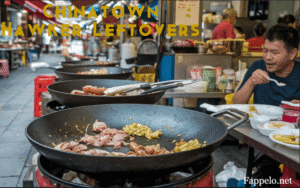
Hawker stalls in Chinatown serve many types of food. From noodles to rice dishes, from roast meats to sweet desserts, these stalls are busy from morning to night. But at the end of the day, not everything gets sold.
These unsold meals are called chinatown hawker leftovers. They are still good to eat. Many of them are fresh and were cooked just hours ago. But because they were not bought, they are often thrown away.
This waste is not just about food. It also means wasted money, effort, water, and energy. That’s why many people are now turning to chinatown hawker leftovers consumption as a smart and kind way to eat.
Why Focus on Chinatown Hawker Leftovers Consumption?
There are many reasons why people are talking more about chinatown hawker leftovers consumption:
- To reduce waste: Less food in the bin means less trash in the environment.
- To save money: Leftover meals are often sold at lower prices.
- To support small businesses: Buying leftovers helps hawkers earn a bit more from food that would go to waste.
- To care for the planet: Less waste means less harm to the Earth.
Eating leftovers from hawker stalls helps in many ways. It’s not just about being cheap. It’s about being smart and kind.
How Does Chinatown Hawker Leftovers Consumption Work?
The idea is simple. Instead of throwing away unsold food, hawker stalls offer it at the end of the day at cheaper prices. Sometimes, apps or groups help connect sellers and buyers.
Here’s how it often works:
- Hawkers pack extra food before closing.
- They post online or use an app to let people know it’s available.
- Customers come and collect it.
- The food is eaten, not wasted.
This process is quick, easy, and helpful for everyone.
Apps That Support Leftover Food Buying
Some apps help with chinatown hawker leftovers consumption. They connect food sellers with people who want to buy cheap, tasty meals.
Here are a few examples:
- OLIO: A sharing app where people give away or collect free food.
- Treatsure: An app in Singapore that lists surplus food from hotels and stalls.
- Too Good To Go: A global app helping people save meals from going to waste.
These apps are growing. They make it simple to take part in smart food use.
Is It Safe to Eat Chinatown Hawker Leftovers?
This is a common question. The answer is yes, in most cases.
Hawker stalls are careful with food safety. They store food well and handle it with care. The food sold at the end of the day is usually made fresh just hours before.
Still, it’s good to follow these tips:
- Eat leftovers the same day you buy them.
- Reheat food if needed.
- Keep it in the fridge if you won’t eat right away.
With some care, chinatown hawker leftovers consumption is safe and tasty.
What Kinds of Food Are Usually Available?
A wide range of food is part of chinatown hawker leftovers consumption. Here are some common ones:
- Fried noodles and rice
- Dim sum
- Roast duck or pork
- Curry dishes
- Stir-fried vegetables
- Local desserts like kueh or pudding
Each day brings something new. That’s part of the fun!
How Can You Start Practicing Chinatown Hawker Leftovers Consumption?
Here’s how to get started:
- Visit late: Go to hawker stalls about an hour before they close.
- Ask nicely: Politely ask if there are any meals left to buy at a lower price.
- Use an app: Try apps that list leftover food in your area.
- Spread the word: Tell your friends and family about it.
Every meal saved is a small win for you and the planet.
Who Benefits From This?
Many people win from chinatown hawker leftovers consumption:
- You: You get cheaper meals.
- Hawkers: They earn more and waste less.
- The community: Less food waste means cleaner spaces.
- The Earth: Saving food helps reduce carbon gas from trash.
This small act brings good to many people.
Changing Minds Through Chinatown Hawker Leftovers Consumption
Sometimes, people think leftover food is dirty or low-quality. But that’s not true.
The food is still clean and tasty. The idea is new to some, but with time and sharing, more people are trying it.
The more we talk about chinatown hawker leftovers consumption, the more normal it becomes. And that’s a great step forward.
Events and Movements Supporting This Idea
Some local groups and movements support smart food use. They help promote chinatown hawker leftovers consumption through events, talks, and social media.
For example:
- Food rescue groups that collect and give out leftovers.
- Pop-up stalls that sell rescued food at fairs.
- Student clubs that run awareness campaigns.
These efforts help people see that leftovers can be a good thing.
Impact of Chinatown Hawker Leftovers Consumption
The impact is real. In places where people do this often, food waste drops a lot. Some cities report saving thousands of meals each month.
This means:
- Fewer hungry people
- Less trash
- More savings
- A cleaner environment
It all starts with simple acts, like buying a meal that would be thrown away.
What You Can Do to Help
You don’t have to do a lot. Small steps make a big change.
- Try buying leftover meals once a week.
- Talk to hawkers about offering their leftovers.
- Support apps that make it easier.
- Share your experience on social media.
Every time you choose chinatown hawker leftovers consumption, you make a difference.
Future of Chinatown Hawker Leftovers Consumption
More people are now seeing the value of leftovers. With help from apps, community support, and growing awareness, chinatown hawker leftovers consumption will grow stronger.
It may even become a normal part of life. Just like using a reusable bag or bringing your own cup, buying leftover food can become a kind habit.
Hawker stalls will waste less. Customers will pay less. And the Earth will breathe easier.
Conclusion
Food is too good to waste. The stalls in Chinatown offer so many delicious meals, and many of them should not be thrown away. By choosing to take part in chinatown hawker leftovers consumption, we help hawkers, help each other, and help the planet.
It’s a simple idea. Eat more. Waste less.
So next time you’re in Chinatown, think twice before walking past a closing stall. That leftover dish might be the best meal you’ll have all day.
